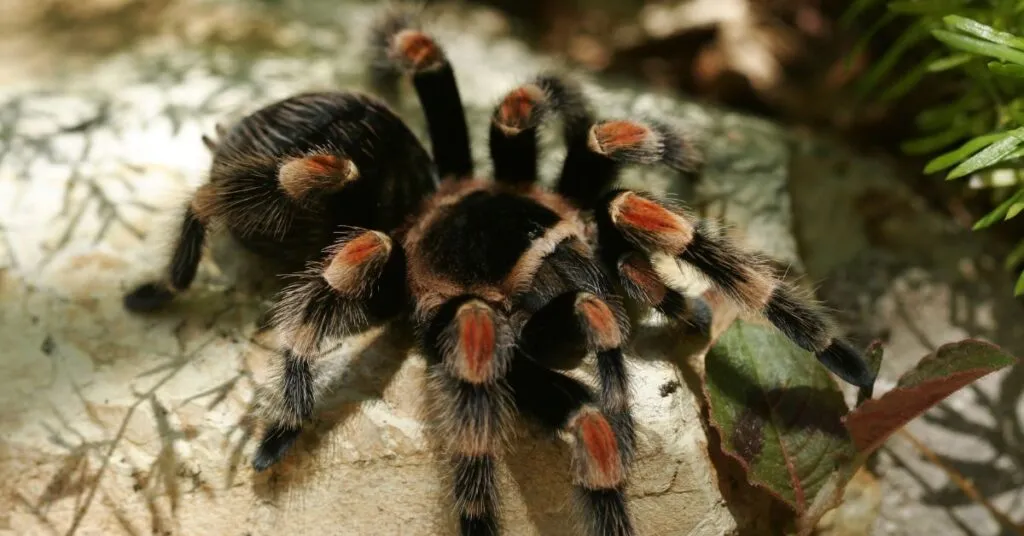What are Mexican Red Knee Tarantulas?
The Mexican Red Knee Tarantula (Brachypelma hamorii) is one of the most popular tarantula species kept as pets. Known for its striking coloration – black body with vibrant red or orange markings on its leg joints – this spider is native to the arid scrublands and tropical deciduous forests of the Pacific coast of Mexico. These arachnids are relatively docile compared to other tarantula species, making them a favored choice for beginner tarantula keepers. Their lifespan can extend for many years, with females living up to 20-30 years, while males typically have a shorter lifespan. Understanding the threats these creatures face in their natural habitat provides key insights into their survival strategies and how they adapt to various environmental challenges.
Mexican Red Knee Tarantula Habitat
In their natural environment, Mexican Red Knee Tarantulas inhabit burrows, often found in dry, sparsely vegetated areas. They prefer a humid microclimate within their burrows to maintain their hydration. These spiders are primarily nocturnal, spending the day hidden and emerging at night to hunt. The habitat provides a range of challenges, including scarcity of food, fluctuating temperatures, and a variety of predators. The soil composition is crucial for burrow construction, while the presence of rocks, roots, and other natural features can also impact where the tarantulas decide to build their homes. Understanding the environmental factors that influence where these spiders live is important to protecting their natural habitat and to ensuring their survival.
Understanding Predators of Mexican Red Knee Tarantulas
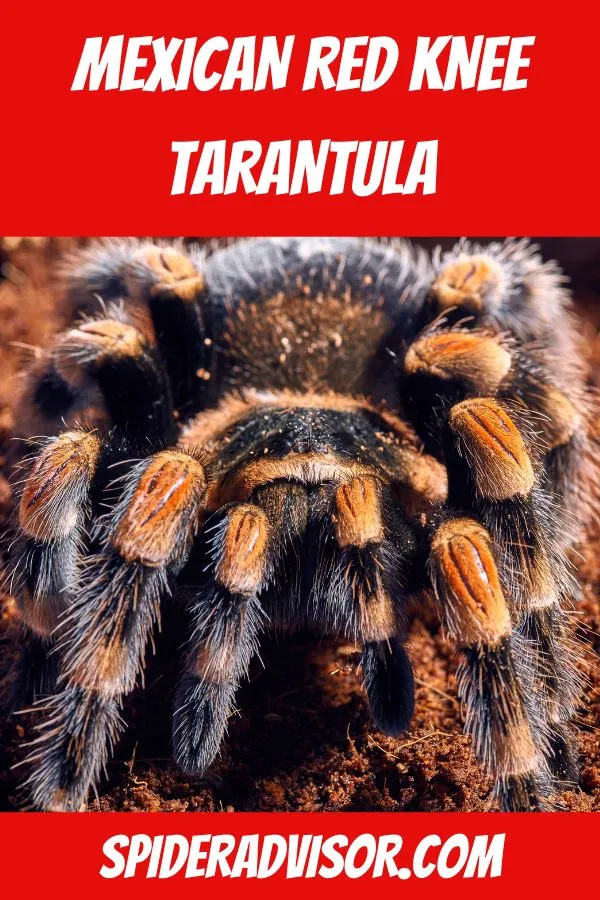
Mexican Red Knee Tarantulas, like all creatures in their ecosystems, face predation. Their survival depends on their ability to avoid predators and their natural defenses. These spiders have developed several adaptations, including camouflage, urticating hairs (which cause skin irritation), and the ability to drop limbs as a distraction. However, they are still vulnerable, especially when molting, and to predators that have learned how to overcome their defenses. The most significant predators include birds, reptiles, mammals, and even other tarantulas. Awareness of these threats is essential for conservation efforts and for providing the correct environment in captivity.
1 Birds are a Threat
Birds of prey represent one of the most significant threats to Mexican Red Knee Tarantulas. The aerial perspective of birds allows them to easily spot tarantulas, particularly in open areas. Birds are opportunistic hunters, and tarantulas, especially when wandering or during molting, are vulnerable. Raptors like hawks and owls have sharp talons and beaks designed for catching and consuming prey, making them highly effective predators. The impact of birds on tarantula populations can be substantial, especially in areas where tarantula habitats overlap with bird territories. The need to avoid being caught by birds has influenced tarantula behavior, as they mostly remain hidden during the day.
Birds of Prey: Hawks and Owls
Hawks and owls are particularly adept at hunting tarantulas due to their exceptional eyesight and ability to maneuver through varied terrains. Hawks often hunt during the day, using their keen eyesight to spot tarantulas moving on the ground or near their burrows. Owls, on the other hand, are nocturnal hunters, using their excellent hearing and silent flight to ambush prey under the cover of darkness. The hunting techniques of these birds include swooping down from above or silently approaching from a concealed position. Their strong talons ensure a secure grasp, and their beaks are well-suited for tearing apart their prey. Their presence significantly impacts tarantula behavior and survival rates.
How Birds Hunt Tarantulas
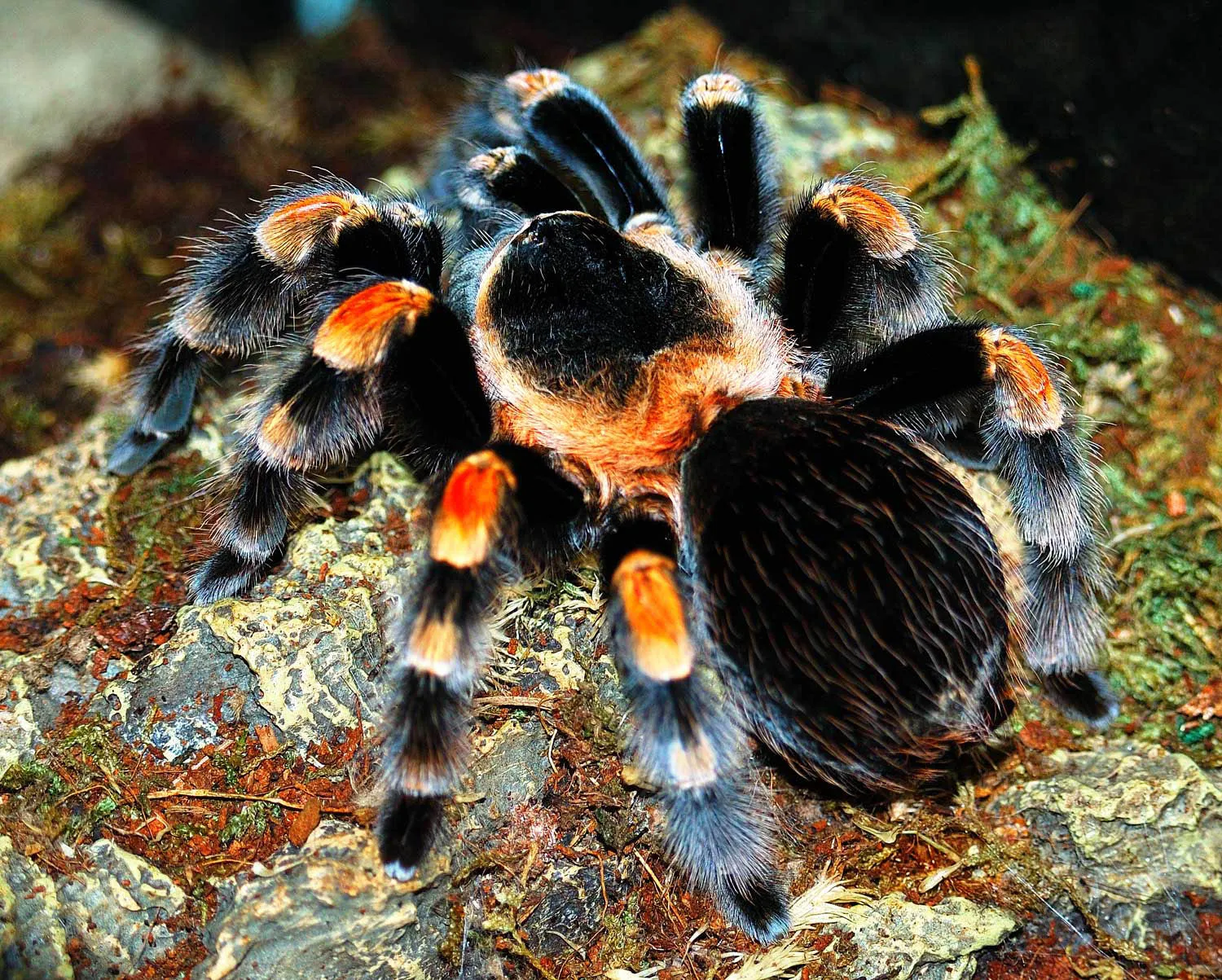
Birds hunt tarantulas through various methods, frequently focusing on times when the spiders are most vulnerable, such as when they are molting or moving across open ground. They use visual cues to spot the tarantulas, identifying them by their distinctive size, shape, and movement. Once a tarantula is located, the bird will typically swoop down swiftly, attempting to capture the spider with its talons. Some birds may also employ strategies like hovering to observe the tarantula’s movements before attacking. The effectiveness of these hunting strategies contributes to the high predation rates on tarantula populations, particularly during seasons when tarantula activity is heightened, such as mating periods or after periods of heavy rainfall.
2 Reptiles and Amphibians as Predators
Reptiles and amphibians also pose a threat to Mexican Red Knee Tarantulas. These cold-blooded creatures occupy similar habitats, and some species actively hunt tarantulas. The range of reptiles and amphibians that prey on tarantulas varies depending on the geographical location, however, lizards and snakes are among the most common predators. These animals often have specialized hunting behaviors and physical adaptations that make them successful predators in their respective ecosystems. The presence of these predators significantly influences tarantula behavior, forcing them to alter their movement patterns, burrowing habits, and activity levels to minimize the risk of being caught.
Lizards and Snakes
Lizards and snakes, being well-adapted to the arid and semi-arid environments favored by Mexican Red Knee Tarantulas, often occupy the same niches. Lizards, with their quick reflexes and sharp eyesight, are adept at ambushing tarantulas that venture too far from their burrows. Snakes, on the other hand, may enter tarantula burrows, utilizing their ability to navigate narrow spaces to access the tarantula. The hunting strategies of these reptiles vary based on their species, some waiting patiently for a tarantula to emerge, while others actively search for prey. The size and age of the tarantula also impact its vulnerability; smaller, younger spiders are at greater risk of predation than larger, more mature adults.
The Hunting Techniques of Lizards and Snakes
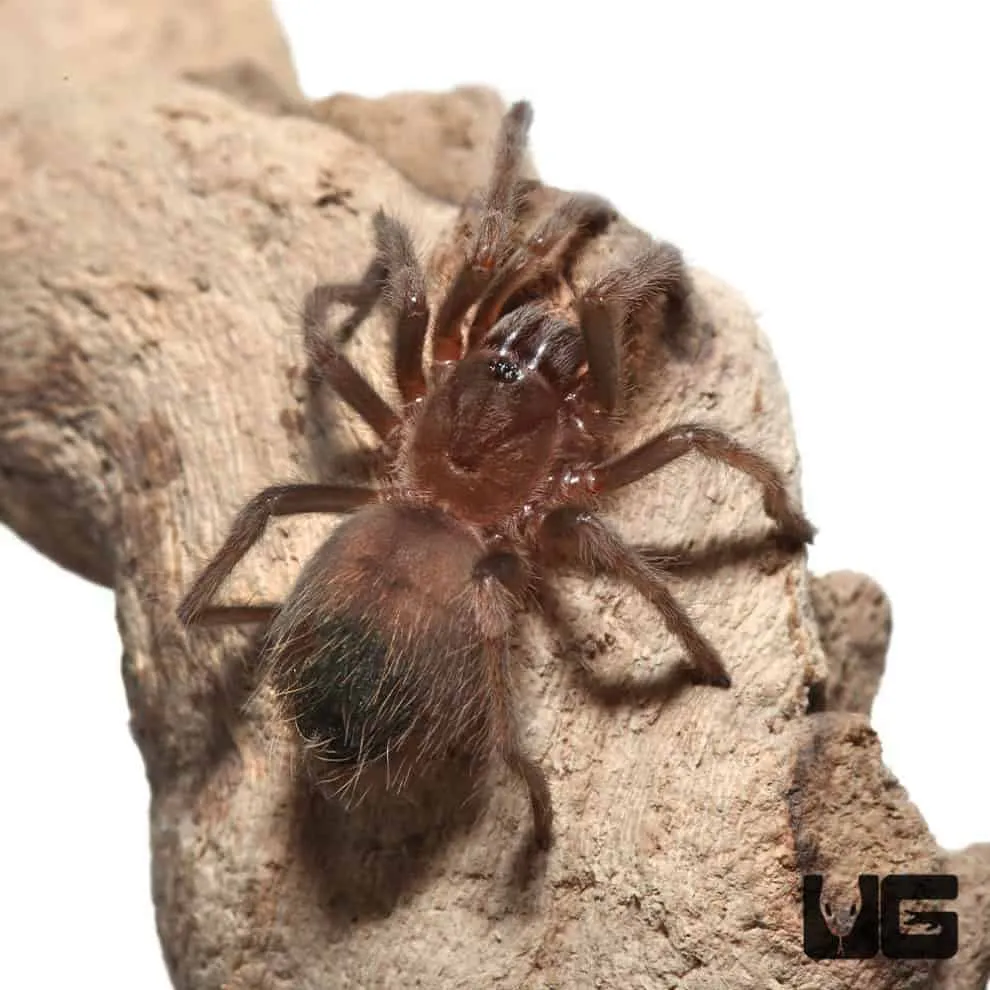
Lizards and snakes use diverse hunting techniques to capture tarantulas. Lizards often employ an ambush strategy, waiting motionless near tarantula burrows or in areas where tarantulas are likely to pass. Once a tarantula is within striking distance, the lizard will quickly lunge to seize its prey. Snakes may use constriction to subdue their prey, wrapping their bodies around the tarantula to suffocate it, or some species may inject venom. The hunting success depends on several factors, including the size of the predator relative to the tarantula, the tarantula’s defensive abilities, and the environment. The interaction between these predators and tarantulas influences the dynamics of the ecosystem.
3 Mammals that Prey on Tarantulas
Various mammals, including rodents, opossums, and coyotes, can be predators of Mexican Red Knee Tarantulas. These mammals can find tarantulas, either by digging up their burrows or by encountering them while foraging. The frequency of mammal predation can vary significantly depending on the geographic region and the local abundance of the predator species. The nocturnal habits of tarantulas can make them particularly vulnerable to nocturnal mammals. The risk is heightened when tarantulas are actively searching for mates, or when they are outside of their burrows.
The Role of Mammals in the Ecosystem
Mammals play a significant role in shaping the structure and function of the ecosystems where Mexican Red Knee Tarantulas live. By preying on tarantulas, mammals help regulate their populations, contributing to the balance within the food web. Additionally, mammals may also inadvertently affect tarantula habitats. For instance, digging mammals can disturb tarantula burrows, causing physical damage or altering the microclimates that tarantulas require for survival. The interactions between mammals and tarantulas illustrate the interconnectedness of species within an ecosystem.
4 Other Tarantulas
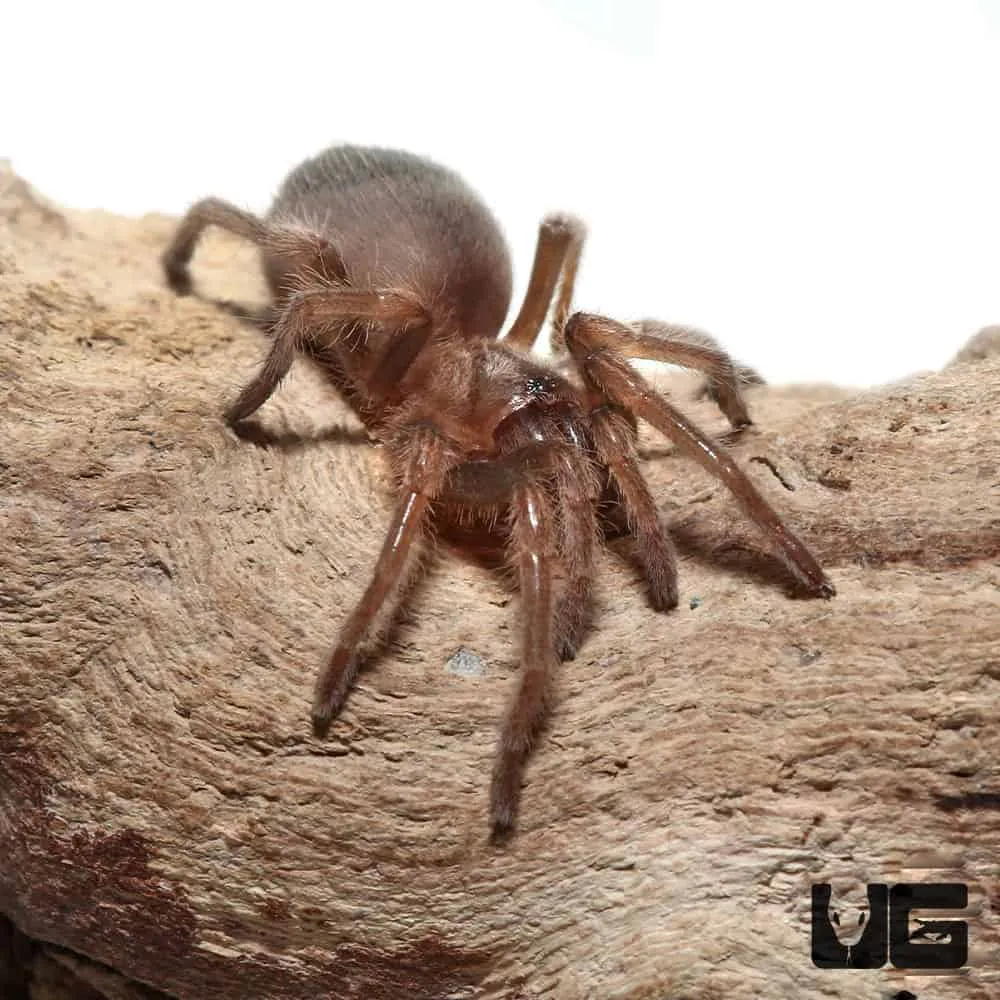
Cannibalism is a notable factor in the survival of Mexican Red Knee Tarantulas. Larger tarantulas, especially females, will sometimes prey on smaller tarantulas, including juveniles. This behavior is most prevalent in the wild when resources are scarce or during mating. This predatory behavior affects the population dynamics and size distribution, and survival rates. Cannibalism illustrates the extreme pressures that tarantulas face. When raising tarantulas in captivity, it’s crucial to keep individuals of different sizes separated, as larger tarantulas may prey on smaller ones. This behavior, although not common, is a reality of tarantula life.
Cannibalism in Tarantulas
Cannibalism occurs due to various factors. Starvation, competition for resources, or the opportunity to gain nutrients are key drivers. The vulnerability of smaller tarantulas makes them an easy target, especially during molting, when their exoskeletons are soft. This practice plays a vital role in regulating the population, particularly in areas with limited food availability. Therefore, tarantulas have developed a complex balance of predatory and defensive behaviors to manage cannibalistic interactions.
5 Parasites and Insects that Affect Tarantulas
Parasites and insects can have a detrimental impact on Mexican Red Knee Tarantulas. These organisms can infest the tarantula or feed on it, leading to illness and death. Some mites are known to feed on tarantulas, causing irritation and potentially transmitting diseases. Certain insects may also prey on tarantulas, especially when they are newly molted or injured. The overall health and survival of tarantulas is heavily impacted by parasitic and insect infestations.
The Impact of Parasites
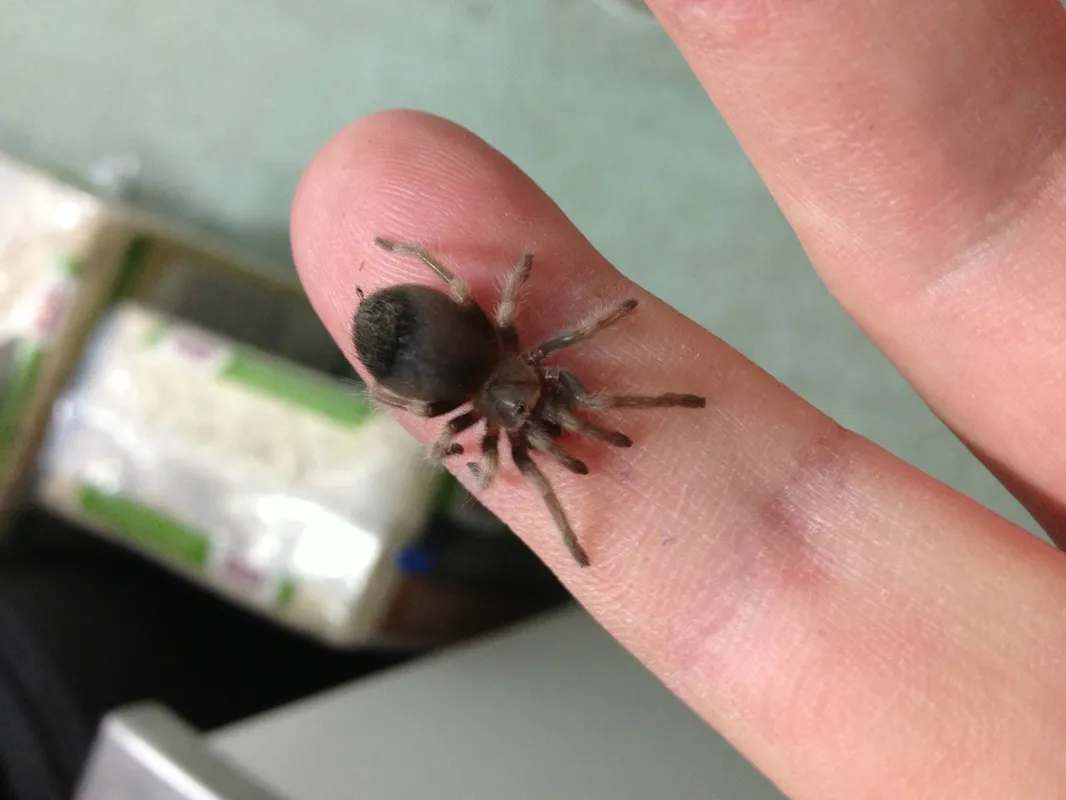
Parasites can significantly weaken tarantulas. Mites, for example, attach themselves to the tarantula’s body, feeding on its hemolymph and causing stress and irritation. Prolonged infestations can lead to decreased activity, poor appetite, and, in severe cases, death. Parasitic infestations are more common in humid conditions or in captivity. Preventing and treating parasitic infections is essential for tarantula care. Regularly inspecting tarantulas for signs of infestation and maintaining clean, appropriate environments are crucial measures.
Methods to Protect Mexican Red Knee Tarantulas
Protecting Mexican Red Knee Tarantulas from predators requires a multifaceted approach. Protecting them requires a full understanding of their natural habitats, and their interaction with the surrounding ecosystem. Captive environments must be carefully designed and managed to mimic their natural habitat, and to keep the animals safe from potential predators. The key aspects involve creating a safe and secure enclosure, providing optimal nutrition, and observing the spider’s environment and behavior. This will ensure their health and longevity.
Creating a Safe Habitat
A safe habitat for Mexican Red Knee Tarantulas in captivity begins with a well-designed enclosure. This should include a secure, escape-proof container made of glass or plastic with appropriate ventilation. The substrate (e.g., coconut fiber, peat moss) should be deep enough for burrowing. The enclosure should provide an area for the tarantula to hide, such as a cork bark or a hollow log. It is also crucial to maintain appropriate temperature and humidity levels using heating pads or lamps, and regular misting. The positioning of the enclosure should also be considered, avoiding areas where the tarantula might be exposed to predators such as pets or direct sunlight.
Providing Proper Nutrition
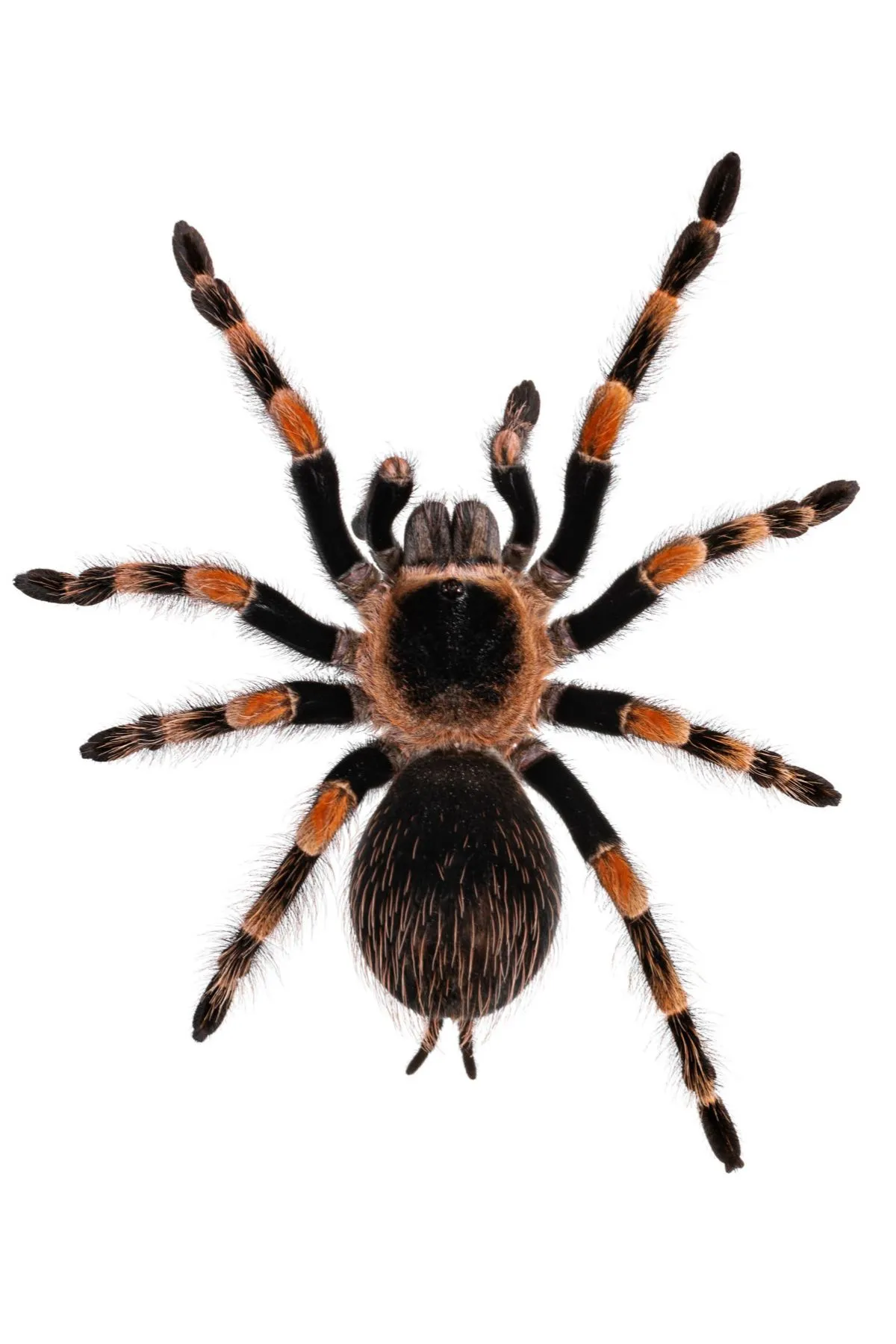
Providing appropriate nutrition is vital to the health and defense of Mexican Red Knee Tarantulas. A varied diet of appropriately sized insects, like crickets, roaches, and mealworms, is necessary. The insects should be gut-loaded with nutritious foods prior to being fed to the tarantula, increasing the nutritional value. Clean, fresh water must be available. Overfeeding can lead to health problems. Careful observation of the tarantula’s feeding habits and body condition helps to make sure it is receiving proper nutrition. A well-nourished tarantula is better equipped to withstand the stresses of captivity and defend against potential health problems.
Conclusion
Understanding the predators of Mexican Red Knee Tarantulas provides a deeper appreciation for their survival strategies and their interactions with the ecosystem. From birds and reptiles to mammals and other tarantulas, these spiders face a variety of threats. By understanding these challenges, both in the wild and in captivity, we can better protect these fascinating creatures. Implementing safe habitat practices and providing proper care helps to ensure their well-being, and it also promotes conservation efforts to protect their natural environments. Ongoing research and awareness are critical for supporting the long-term survival of these amazing spiders.
